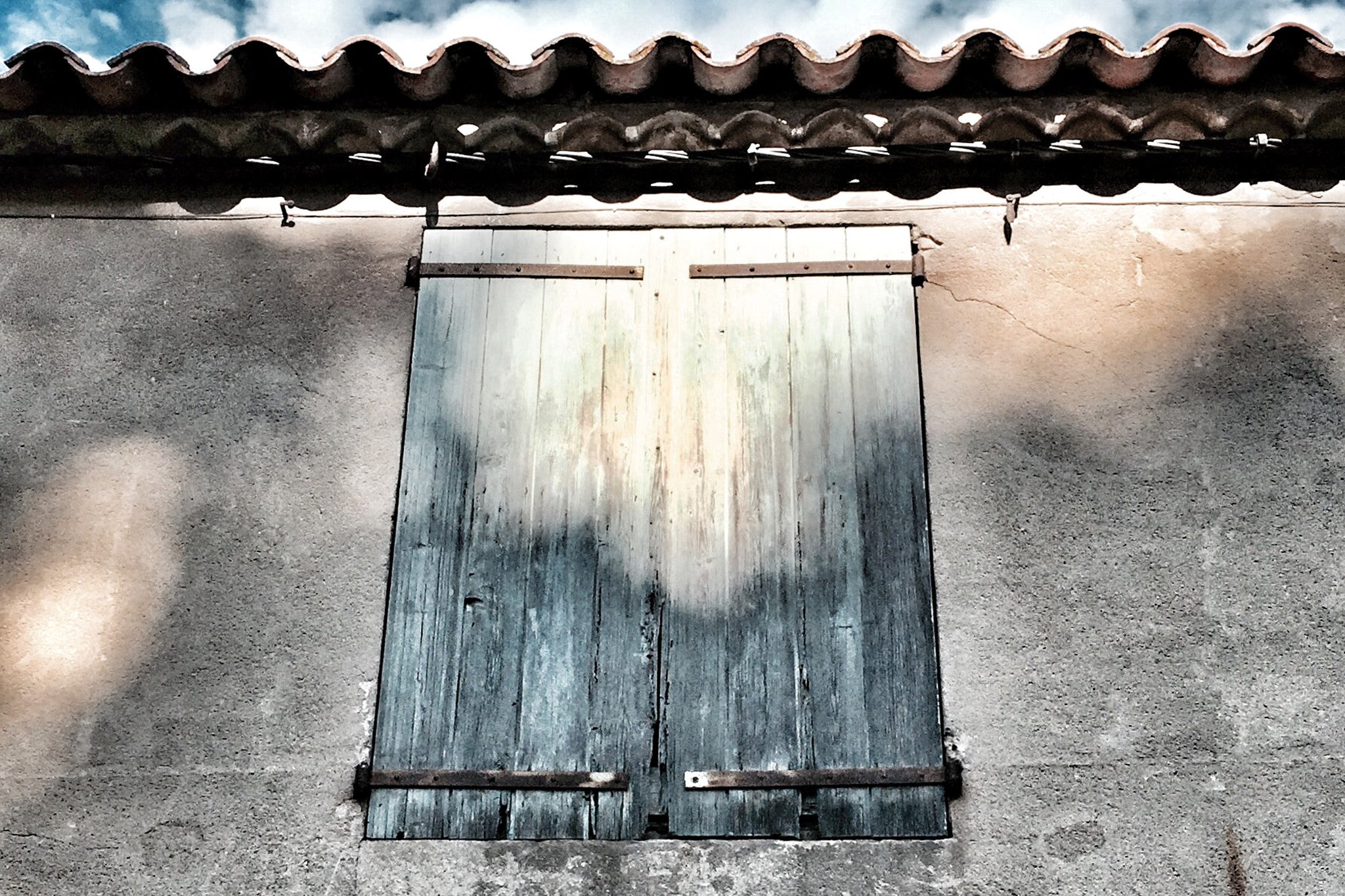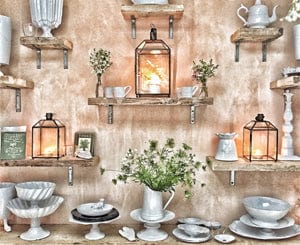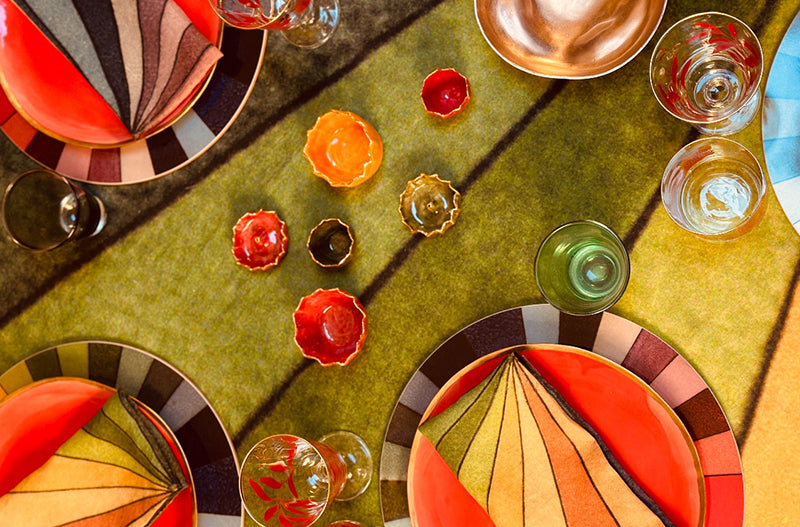Meanderings
Celebrate with Les Airelles
/ 30 November, 2025Merriment & Mistletoe
/ 29 November, 2025A Picture Perfect Thanksgiving
/ 25 November, 2025
Shut it

True to form, this week we bring you the ultimate meandering—a meditation on shutters from around the world. Yes, shutters. It turns out we've accumulated quite a collection from our far-flung buying trips.
Whether brand new or weather torn, they add colour, texture and often, a sense of history and patina to the buildings they adorn. Maybe a window without a shutter is just a hole?
Don't worry, we're not going into the shutter business...yet.
But we're indulging you in a little visual feast—with a few facts thrown in—and encouraging you (and reminding ourselves) to take a look around and enjoy the beauty in what might seem mundane.
But we're indulging you in a little visual feast—with a few facts thrown in—and encouraging you (and reminding ourselves) to take a look around and enjoy the beauty in what might seem mundane.
Love,
S&B
[Have a Look Around]


Fact:
A gift from ancient Greece, the first ever shutters were made of marble [and rather unwieldy as such]
A gift from ancient Greece, the first ever shutters were made of marble [and rather unwieldy as such]


Fact:
Marble shutters gave way to wood, and they've since made their way around the world.
Marble shutters gave way to wood, and they've since made their way around the world.


Fact:
There were shutters made of wood and marble in Tudor times, too, often used in place of glass window panes which were seen as a real luxury at the time. Often, these were internal, as walls were thick back then and it was a stretch to reach them from inside.
There were shutters made of wood and marble in Tudor times, too, often used in place of glass window panes which were seen as a real luxury at the time. Often, these were internal, as walls were thick back then and it was a stretch to reach them from inside.


Fact:
In the 18th Century especially, shutters became widespread across the UK, providing protection and decor on everything from castles to farmhouses and small village homes.
In the 18th Century especially, shutters became widespread across the UK, providing protection and decor on everything from castles to farmhouses and small village homes.


Fact:
Eventually, with their long history, shutters became something of a status symbol, too. King Louis XIV demanded they be installed in Versailles, most probably for their looks rather than their function. You can still see these internal shutters to this day.
Eventually, with their long history, shutters became something of a status symbol, too. King Louis XIV demanded they be installed in Versailles, most probably for their looks rather than their function. You can still see these internal shutters to this day.


Fact:
In Victorian times, as walls grew thinner, we started to see more outdoor shutters emerge.
In Victorian times, as walls grew thinner, we started to see more outdoor shutters emerge.


Fact:
In the late 19th century, thanks to industrialisation, shutters also became a little more high-tech with moveable slats to provide more protection from the sun and rain.
In the late 19th century, thanks to industrialisation, shutters also became a little more high-tech with moveable slats to provide more protection from the sun and rain.


Fact:
In the American colonies, they first became popular in the south, where they decorated many a plantation window. They were seen as a symbol of gentility and European descent and are known as Plantation Shutters.
In the American colonies, they first became popular in the south, where they decorated many a plantation window. They were seen as a symbol of gentility and European descent and are known as Plantation Shutters.


All these facts are great to know:


But ultimately we're hoping you're just enjoying our eclectic photos.


And remembering to take in the little things in life.
Love,
S&B















